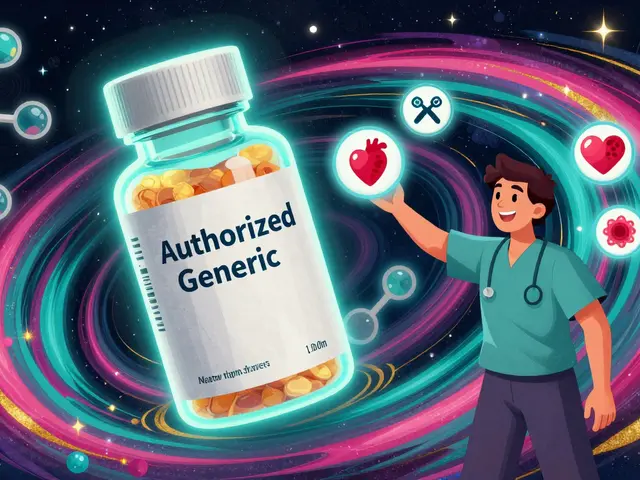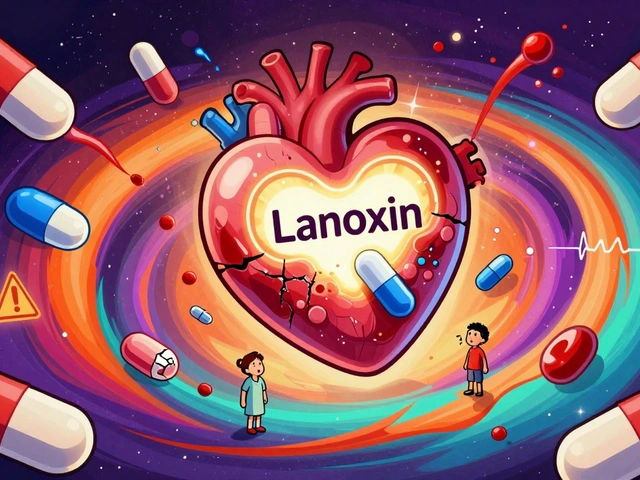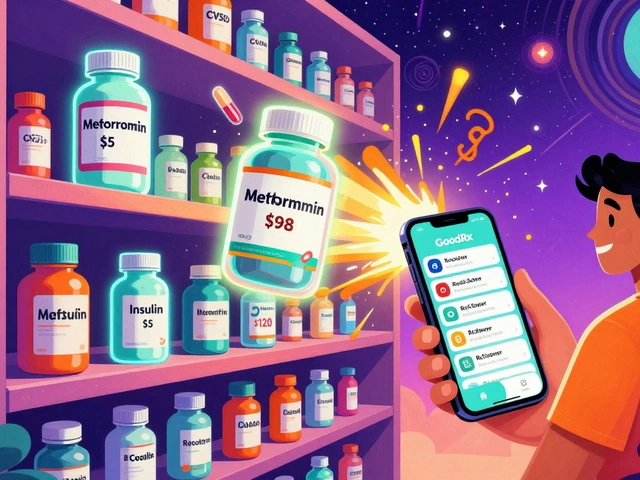Statin Research: What Science Really Says About Benefits and Risks
Statins lower LDL cholesterol and cut heart attack and stroke risk. Big trials and long-term reviews show that for people with previous heart disease, statins clearly save lives. For people without heart disease, the benefit depends on age, risk factors and how high your LDL is.
Landmark studies like the Scandinavian Simvastatin Survival Study (4S) and large meta-analyses from the Cholesterol Treatment Trialists’ Collaboration found roughly a 20% to 25% reduction in major vascular events for each 1 mmol/L drop in LDL. That’s a useful rule: the bigger the LDL drop, the bigger the risk cut.
Side effects and real risks
Muscle pain is the most common complaint. Most people who report aches don’t have true statin-induced muscle damage, but a small number get myopathy or a rare severe condition called rhabdomyolysis. Statins can slightly raise blood sugar and increase the chance of a diabetes diagnosis in people already at risk, but the cardiovascular benefits usually outweigh that risk.
Drug interactions matter. Simvastatin and to a lesser extent atorvastatin use the CYP3A4 pathway, so combining them with some antifungals, antibiotics, or certain HIV drugs raises muscle risk. Pravastatin and rosuvastatin have fewer CYP interactions and are safer choices when you take multiple meds.
Concerns about liver damage are overblown for most people. Routine liver enzyme checks are helpful before starting therapy and if symptoms appear, but serious liver injury is rare.
What researchers are studying now
Researchers keep asking who benefits most from statins, and how low LDL should go. Recent work looks at statins’ anti-inflammatory effects, whether they protect against dementia, and how genetics predict response. Trials comparing very high-intensity statins and combinations with ezetimibe or PCSK9 inhibitors show extra LDL lowering brings extra event reduction for high-risk patients.
Real-world research is also important: how side effects show up outside clinical trials, how to manage patients who report muscle pain, and how to improve adherence. Studies testing short statin holidays, switching types, or lowering dose often help people stay on therapy.
Practical takeaways: if you have heart disease, diabetes, or a high calculated cardiovascular risk, statin therapy is one of the strongest tools to reduce serious events. If you worry about side effects, talk to your doctor about trying a different statin, lowering dose, or checking for drug interactions. Regular follow-up, a healthy diet, exercise and not smoking boost the benefit.
Questions to ask your doctor: what is my 10-year heart risk, which statin and dose do you recommend, what side effects should I watch for, and how will we monitor my labs? If you take other medications, ask about interactions and whether genetic testing or baseline CK/liver tests are needed. Good communication makes starting or staying on statins much easier. Bring a list of current medicines.
Rosuvastatin Research: A Real-World Peek Into What's Next
This article breaks down what’s happening in rosuvastatin research, spotlighting new uses, unexpected benefits, and what to watch for. It covers how rosuvastatin might help with more than just lowering cholesterol, and what the latest real-world studies are showing. Readers will learn about possible new side effects, how this statin stacks up against others, and what tools researchers are using to push the science further. If you’re thinking long-term about heart health, this is a practical take on where the science is headed. It’s designed for anyone curious about everyday impacts, not just lab results.





